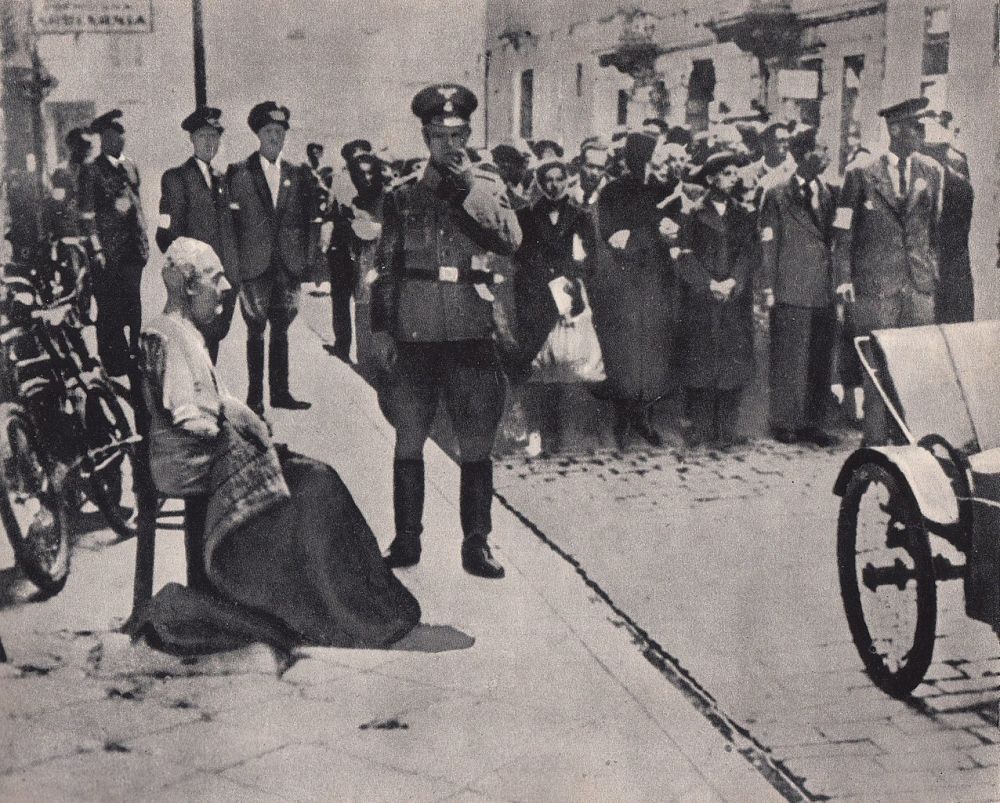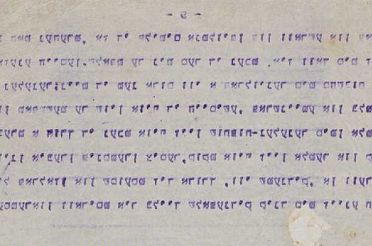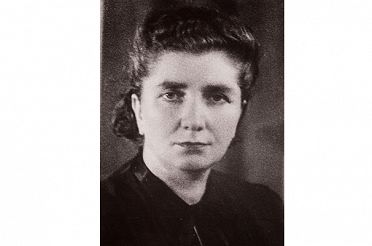Great deportation in Warsaw, summer 1942.
On July 28, 1942, the Jewish Combat Organization was established in the Warsaw Ghetto. It included three of the Zionist youth organizations operating in the closed district: Hashomer Hatzair, Dror and Akiba. Apart from Icchak Cukierman, Cywia Lubetkin and Mordechaj Tenenbaum (all three of the Dror youth movement), the leadership included Józef Kapłan and Szmul Bresław, representing Hashomer Hatzair, associates of the Oneg Shabbat group.



![abraham_lewin_kapelusz.jpg [263.27 KB]](https://www.jhi.pl/storage/image/core_files/2022/3/11/6bb0b3c6d92be863539f2cf39c87f45e/jpg/jhi/preview/abraham_lewin_kapelusz.jpg)



![MKiDN_bialy_logotyp_strona_ŻIH_EN.png [10.32 KB]](https://www.jhi.pl/storage/image/core_files/2023/1/12/0fbb15388d1a5d89c65891b6ce66941c/png/jhi/preview/ZNAK%20ENG.png)